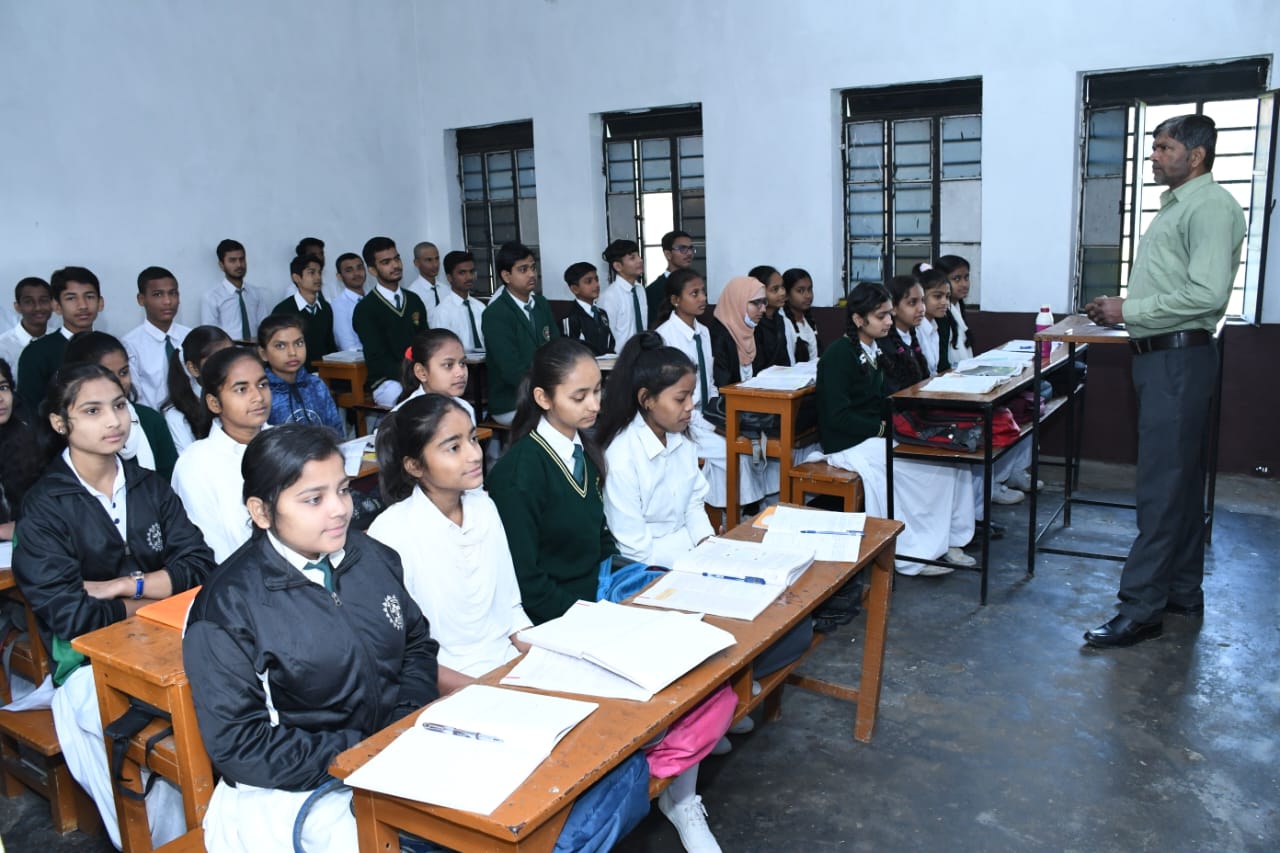LESSON PLAN : CLASS 9 PHYSICS (CBSE) TOPIC : MOTION
LESSON PLAN
Teacher’s Name:…………………………
Subject: PHYSICS
Class: IX
No. of periods required:14
Unit: Motion.
The pupil discriminates scalar and vector quantities.
The pupil interprets the graphs for distance- time .
The pupil understands the average speed and average velocity.
The pupil solves numerical problems involving physical principles.
The pupil explains the meaning of instantaneous speed.
The pupil understands uniform motion and non-uniform motion.
The pupil interprets graphs for uniform and non-uniform motion.
The pupil explains uniform circular motion.
The pupil understands the tangential direction.
The pupil illustrates constant acceleration and acceleration due to gravity.
The pupil identifies the relationship between relation between different terms.
The pupil explains the relation between the slope and acceleration.
Asking questions and making hypothesis :
The pupil imagines rest and motion of Earth w.r.t other planets.
The pupil asks for the difference of distance and displacement.
The pupil asks for the zero displacement around the circle.
The pupil imagines the rotator motion for planets .
The pupil asks for the difference of instantaneous speed and average speed.
The pupil asks for the decrease and increase of speed for vertically thrown and freely falling bodies.
Experiments and Field investigation:
The pupil proves the relation between distance and displacement.
The pupil proves the variation of speed and direction of motion.
The pupil experiments and proves the direction of speed is tangential for a body in circular motion.
The pupil find the acceleration and velocity of an object moving on an inclined plane.
The pupil performs experiments with reasonable speed and neatness.
Collecting information and project work:
The pupil collects the information about relativity of rest and motion.
The pupil do the project of examples of scalar and vector quantities.
The pupil collects the paper cutting about rest and motion.
The pupil collects information about the objects, which are in uniform and non-uniform motion.
The pupil collects information about the objects in different types of motions.
Drawing and Model making :
The pupil draws the graph between distance and time.
The pupil draws the tables to record observations of an experiment.
The pupil draws the tangential direction of velocity to a body in circular motion at different points.
Appreciation and Aesthetic values:
The pupil appreciates the importance of scalars and vectors in physics.
The pupil appreciates the applicability of rest and motion to Earth practically for higher concepts.
The pupil appreciates the relation between the concept of motion and our daily life.
1 Introduction to motion Asking questions, Discussion Textbook
2 Rest and Motion, Motion is relative Role play, Activity, Discussion Ball, pins, Text book
3 Distance and Displacement Activity: 1,2 Activity, Discussion Chart, Ball, Text book
4 Average speed and Average Velocity Activity: 3 Discussion , Activity Stop watch, Text book
5 Speed and Velocity Activity:4 Discussion , Activity Toy car and horizontal pad
6 Uniform and non-uniform motion Activity: 5,6 Experiment, Discussion Inclined plane, Ball, Stopwatch
7 Uniform circular motion Activity: 7,8 Discussion , Activity Thread, small stone, Ball
8 Accelaration Discussion Chart
9 Equations of motion in uniform accelerated motion Discussion , Activity Text book
10 Determining acceleration and velocity Experiment and Discussion Inclined plane, steel plate, books for height
11 Solved problems Discussion Text book
12 Improve your learning Discussion Text book
13 Improve your learning Discussion Text book
14 Improve your learning Discussion Text book
Physical Sciences Model Unit Plan
Teaching notes:
There must be a reference point to describe the position of the given body.
Distance ≥ Displacement.
Distance is a scalar quantity and Displacement is a vector quantity.
The physical quantities which are described by only magnitude are called scalar quantities.
The physical quantities which are described by both magnitude and direction are called as vector.
Average velocity = (Total dispalcement)/(Total time.)
Instantaneous velocity is defined as the velocity at that particular time (second).
When the velocity of a body decreases with time, then acceleration is called retardation or negative accelearation.
The acceleration of a freely falling and vertically projected bodies is called acceleration due to gravity.
The value of acceleration due to gravity changes w.r.t height, depth , at equator and at poles.
The standard value of acceleration due to gravity on Earth is 9.8 m/s2.
Refernce Books:
(a,PSCERT physical sciences book.
(b);Concepts of physics H.C. Verma.
(c) Goyal’s IIT foundation Book- Physics.
Teaching notes:
There must be a reference point to describe the position of the given body.
Distance ≥ Displacement.
Distance is a scalar quantity and Displacement is a vector quantity.
The physical quantities which are described by only magnitude are called scalar quantities.
The physical quantities which are described by both magnitude and direction are called as vector.
Average velocity = (Total dispalcement)/(Total time.)
the velocity at that particular time (second).
When the velocity of a body decreases with time, then acceleration is called retardation or negative accelearation.
The acceleration of a freely falling and vertically projected bodies is called acceleration due to gravity.
The value of acceleration due to gravity changes w.r.t height, depth , at equator and at poles.
The standard value of acceleration due to gravity on Earth is 9.8 m/s2.
Refernce Books:
APSCERT physical sciences book.
Concepts of physics H.C. Verma.
Goyal’s IIT foundation Book- Physics.






Comments
Post a Comment